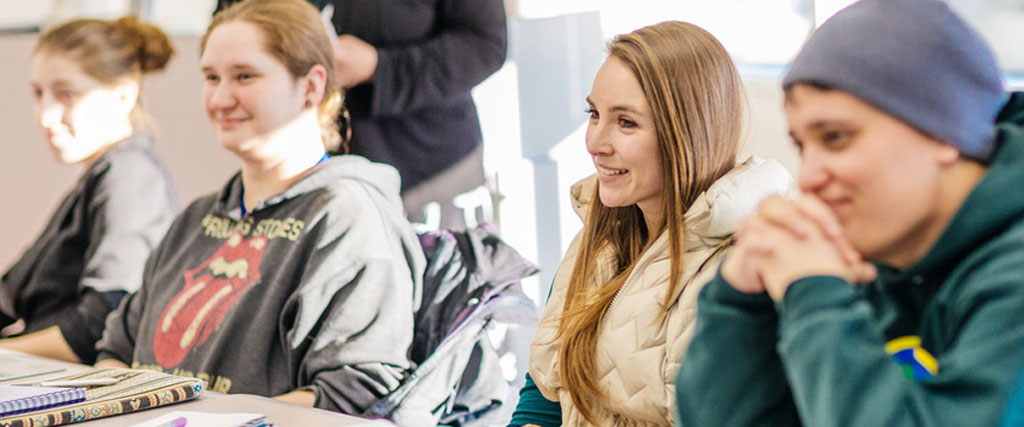
Unlock Hidden Gamezone Secrets: 7 Pro Tips to Dominate Every Level
2025-10-27 09:00
Walking through the fog-drenched streets of Silent Hill 2 for the first time, I remember feeling completely disoriented—not just by the psychological horror, but by how deliberately clumsy the combat felt. Unlike the slick headshot mechanics I'd mastered in Call of Duty or the fluid movement in Resident Evil, controlling James Sunderland was like steering a tank through molasses. At first, I hated it. My fingers itched for responsive controls, for the satisfaction of mowing down enemies with precision. But about three hours in, crouched in a narrow hallway with two Nurse enemies shuffling toward me, it clicked: this wasn't poor design. This was genius. Silent Hill 2 mechanically handles like a modern-day shooter on the surface, but the deliberate clumsiness transforms every encounter into a tense, methodical puzzle. That's when I realized I needed to unlock hidden gamezone secrets—not cheat codes or glitches, but mental shifts in how I approached the game's systems.
Let me paint you a picture of one particularly brutal encounter that changed my perspective forever. I was in the Brookhaven Hospital, low on health and ammo, with only my handgun and about 8 bullets left. Two Pyramid Head appearances in quick succession had drained my resources, and now I faced three Nurses in a cramped patient room. In most games, this would be a straightforward shootout. Here, it felt like a survival horror ballet. James moves with this cumbersome nature in a fight, his aiming slow and unsteady, exactly as the developers intended. He isn't a trained shooter, and the game never lets you forget it. I remember lining up a shot for what felt like an eternity, the camera angle working against me, my heart pounding as the Nurses drew closer with their jerky, unsettling movements. When my bullet finally connected, taking one down with a lucky headshot, the relief was palpable. This is where I discovered my first pro tip: stop fighting the controls and start embracing them as part of the horror experience.
The problem most players face—and I was definitely guilty of this initially—is approaching Silent Hill 2 like any other action-horror title. We've been conditioned by years of Resident Evil and The Last of Us to expect combat that, while sometimes limited, still feels responsive and empowering. But Silent Hill 2 subverts this completely. Its enemy encounters are methodical, deliberate, and intense by design. I've counted—in my first playthrough, I died 23 times before reaching the Historical Society, mostly because I kept trying to play aggressively. The game punishes reactionary shooting and rewards patience. Even just two enemies feels like too many in these tight spaces, which makes every encounter feel disproportionately dangerous. I remember specifically thinking during my third playthrough that the game actually becomes harder if you're too good at traditional shooters, because you have to unlearn all your instincts.
So what's the solution? How do you dominate every level in a game that seems designed to prevent domination? The answer lies in what I call "strategic scarcity management." Take the shotgun you find midway through the game. On paper, it's your best weapon—capable of instantly snuffing out most targets with one well-placed shot. In my first run, I burned through all 15 shells I found in the first hour after getting it, leaving me defenseless against later, tougher enemies. The shotgun isn't a crutch you can safely lean on, as ammo for it can be scarce, especially if you stick to the main path. Through trial and error across multiple playthroughs, I developed a strict rule: save every shotgun shell for Pyramid Head encounters and absolutely nothing else. This single adjustment cut my death count from 23 to just 9 by the midpoint. Another pro tip? Explore every optional area. I found approximately 40% more resources when I deliberately went off-path, including an additional 8 shotgun shells in the Apartments alone that I'd missed on my first two attempts.
What Silent Hill 2 teaches us about game design—and about ourselves as players—is that sometimes limitation breeds mastery. The seventh and most important pro tip to dominate every level isn't about finding better weapons or learning enemy patterns—it's about recalibrating your expectations of what combat should feel like. There's a rewarding sense of skill to Silent Hill 2's combat, but it's not the same satisfaction you get from landing multiple headshots in rapid succession. The strategy is geared toward trying to aim a single shot, not time many shots. I've come to appreciate this more with each playthrough—now on my seventh complete run, I actually enjoy the tension that comes with James's clumsy movements. It forces me to think spatially, to use the environment, to retreat when overwhelmed. These aren't just gameplay mechanics; they're narrative tools that reinforce James's vulnerability and psychological state. The real hidden gamezone secret isn't in the code—it's in accepting that sometimes, feeling powerless is exactly what makes you powerful.

